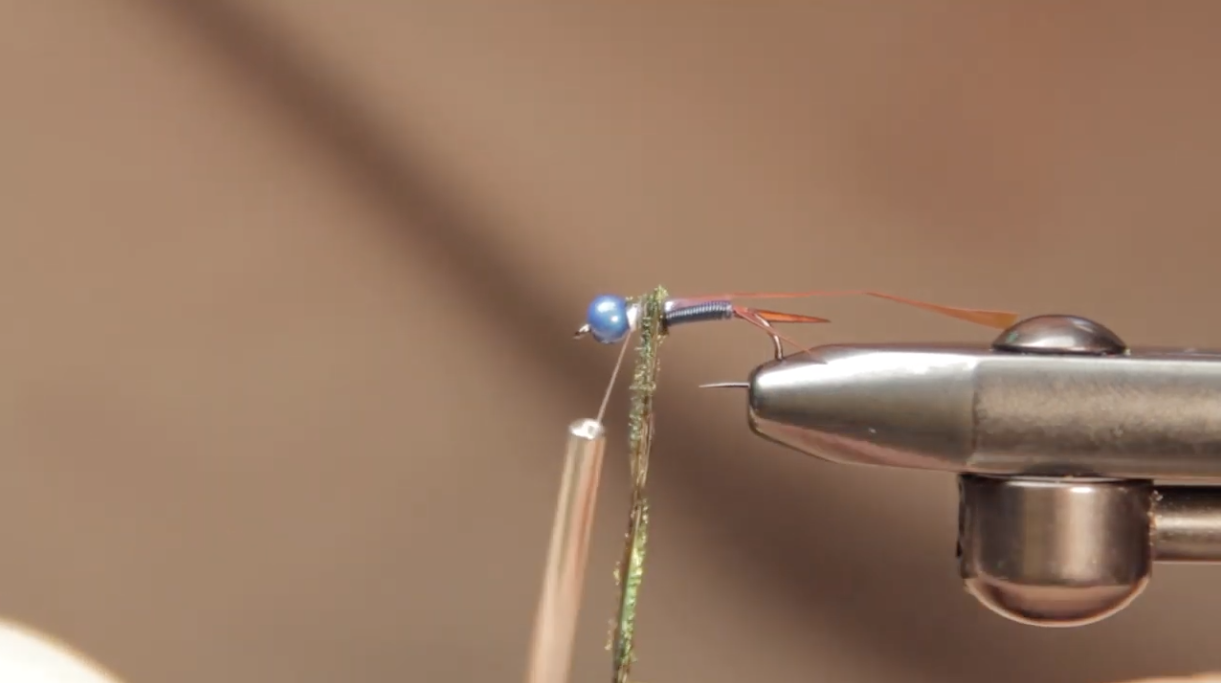The Copper John is one of the most productive nymphs used for searching—this time of year, with runoff-swollen rivers and high, murky water, it’s an excellent option for getting down deep and attracting trout.
The fly, originally tied by its namesake, John Barr, isn’t just a high-water fly, either. It’s a quality attractor that possesses a lot of the traits of many subsurface insects without being an exact imitation of any one fly. I like to use the Copper John as the lead nymph on a two-fly rig on rivers like the Henry’s Fork or the South Fork, with the bottom fly being bigger and heavier—like a Girdle Bug or a beefier stonefly nymph.
The Copper John is flashy, and as you can see by the fly tied by Matt Callies of Loon Outdoors, above, can be tied in different colors, different weights and different sizes. In the fall and spring, I like smaller versions—size 18 or 20—as they tend to better mimic the baetis nymphs in the water prior to those hatches. Later in the year, I’ll go bigger, sometimes as big as a size 12, just to catch the attention of trout that are seeing more food in the water.
Either way, the fly is a solid choice as a searching pattern, and can be deadly almost anytime of the year.



